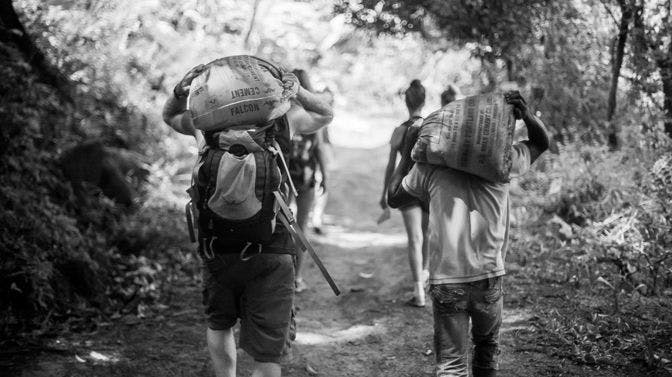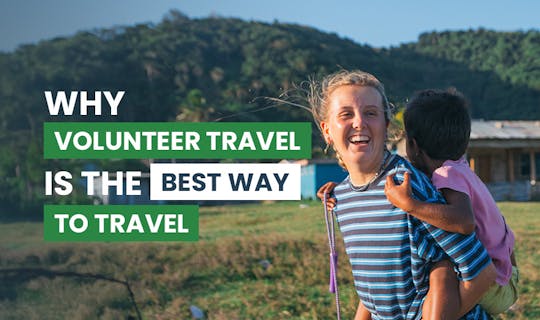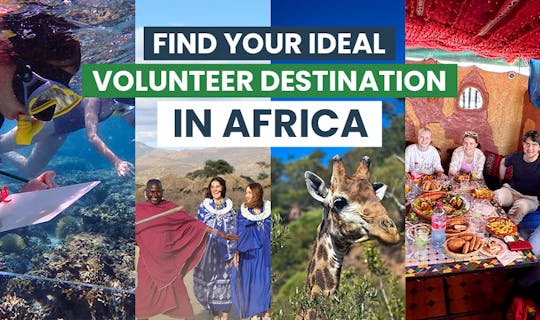As part of IVHQ’s second instalment of the IVHQ Video Tour, our videographer (and two-time IVHQ volunteer), Andrew Ahmed, reflects on his experience visiting our volunteers and program in Madagascar…
Madagascar is beautiful. It’s no surprise this is such a popular volunteer abroad destination. After being met by the local staff at the airport in Nosy Be and seeing the hustle bustle of the mainland, we took a small boat across the water to the island I would be staying at for the next 5 days – Nosy Komba. It’s a small island with no cars and minimal electricity.
We arrived on the sandy shore and walked up the steps to the camp – it was one of the coolest places I’ve stayed in my lifetime. There was a common area where the volunteers and staff would hang out, play guitar, read, and enjoy the view of the water. It’s open concept, with just a couple of walls to separate two of the bedrooms (which also have two sides open to the outside world to allow for the warm breeze to sweep through and the view of trees and water and neighbouring islands to be seen. The other common area is the kitchen, up a combination of rocks and steps. The sleeping areas are a collection of huts built from wood and thatched roofs. They have bunk-beds inside and accommodate about 6 people each, which was handy, as there were about 35 volunteers at camp when I was there.
It was the biggest group of volunteers in one place, and it was really beautiful to get to know everyone and be in such close quarters. The group was responsible and all followed the structure that was essential in a place like this, but definitely didn’t let the structure of their responsibilities prohibit them from having a good time.
There are four projects – Teaching, Construction, Forest Conservation, and Marine Conservation. Teaching took place in a town a short walk away down the shore. There were a good number of volunteers teaching the classes, which allowed for close interaction with the children and ensuring the large group of kids were all paying attention and learning properly. The kids were enthusiastic, and so were the teachers.
Construction while I was there consisted of building a turtle enclosure within the lemur park (yes, there are lemurs, turtles, chameleons, snakes, lizards, and many other things in this park – it’s pretty fantastic). The volunteers carried bags of concrete and stones to the build site, and used their tools to mix the concrete and lay bricks upon the newly spread concrete to prevent the turtles from walking into unsafe territory.
Forest Conservation was spent taking a long hike through the forest to look for reptile life and collecting the data found on the species spotted. We saw several different types, but the most exciting by far what a ‘minima’ chameleon – the second smallest in the world, about 2cm long. It was known to be on the island, but hasn’t been seen by the lead staff member on the hike in her 6 months of being there. A true reptilian victory.
Marine Conservation was pretty fantastic as well. Some strapped on body suits and scuba tanks while others popped on snorkeling sets. We swam around and recorded data on the animals found. Among those animals were numerous beautiful fish swimming amongst the coral, an octopus clinging to a rock, and the favourite – a leopard shark swimming inches away from us. It was a very exciting dive, and was really beautiful to get lost in the world under the water.
I can’t over-exaggerate how beautiful it was staying on that island. Between the people and the location, it was really something special. I’d love to go back there some day to spend some more time.
Follow the rest of my journey in Africa as I get up close and personal with wildlife in Victoria Falls, and go off the beaten track in Zambia. My next and final stop is Uganda!







